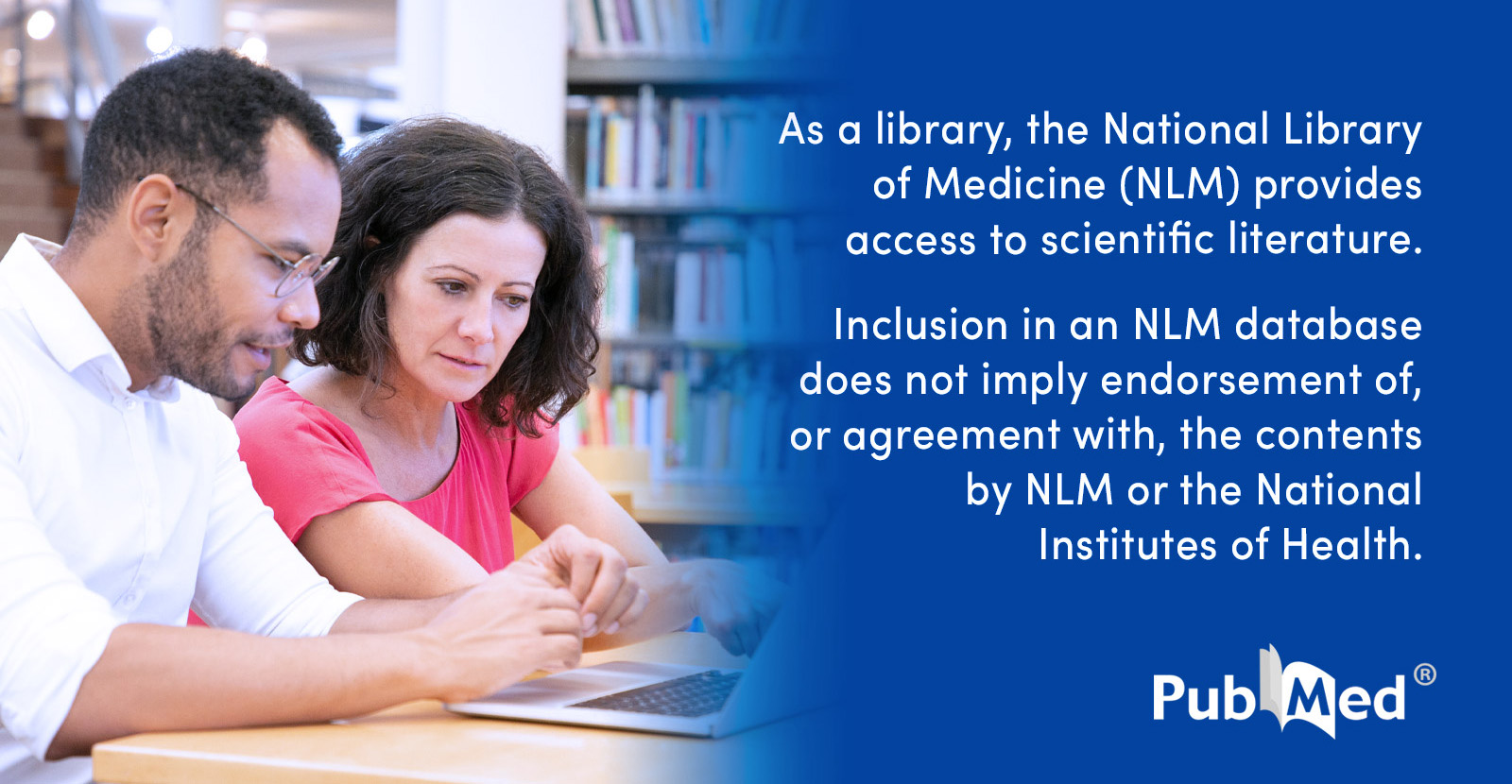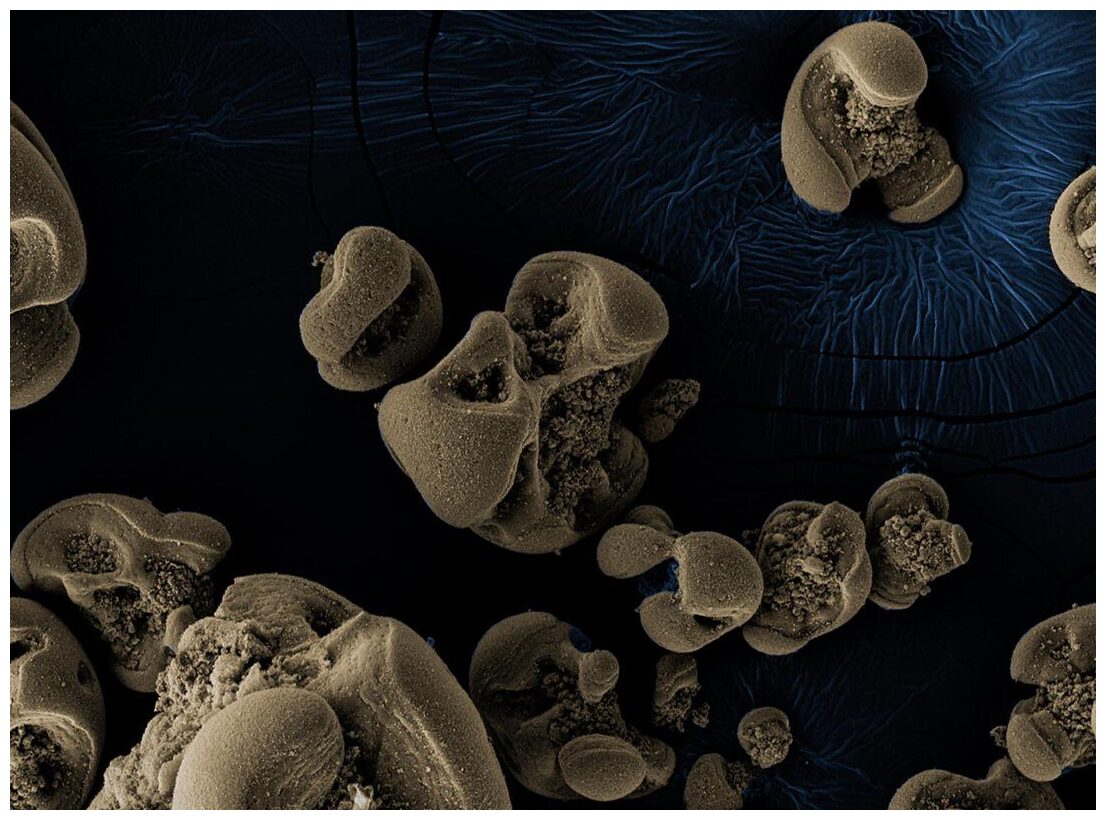From @Tsidkenu around July 1, 2020 on SOTT.net:
"In this report we are going to add the results of a particular research we have done from the data
published on the alleged SARS-CoV-2 and on the protocols endorsed by the WHO for the use of
RT-PCR as well as the data corresponding to the rest of the "human coronaviruses". And the
conclusions are extremely serious: none of the seven "human coronaviruses" have actually been
isolated and all the sequences of the primers of their respective PCRs as well as those of a large
number of fragments of their supposed genomes are found in different areas of the human
genome and in genomes of bacteria and archaea, such as these:
Shwanella marina JCM, Dialister
succinatiphilus, Lactobacillus porcine, Lactobacillus manihotivorans, Leptospira sarikeiensis,
Bizionia echini, Sanguibacteroides justesenil, Bacteroides massiliensis, Lacinutrix venerupis,
Moraxella bovis, Leptospira saintgironsiae, Winogradskyella undariae, Acetobacterium puteale,
Chryseobacterium hispanicum, Paenibacillius koleovorans, Tamiana fuccidanivorans, Fontibacillua
panacisegetis, Ru bacter ruber , Skemania piniformis, Chryseobacterium shigense, Caloramator
peoteoclasticus, Cellulosilyticum ruminicola, Nitrosopumilius evryensis and a long list of others."
Lots of other microorganisms share sequence homology with SARS-CoV-2 primers, although this study needs to be vetted better, to put it mildly.
Caltech microbiologists have discovered bacteria that feed on manganese and use the metal as their source of calories. Such microbes were predicted to exist over a century ago, but none had been found or described until now. "These are the first...

www.sott.net
Wed. 15, July 2020
Study available on PubMed PMC:
Thorell, Kaisa et al. “Whole-Genome Sequencing Redefines
Shewanella Taxonomy.”
Frontiers in microbiology vol. 10 1861. 28
Aug. 2019, doi:10.3389/fmicb.2019.01861
Introduction
The family
Shewanellaceae, was
formally established by Ivanova et al. (2004) 15 years ago. The type (and only) genus within this family is
Shewanella, which had been defined already by MacDonell and Colwell after their taxonomic
revision of the family
Vibrionaceae (MacDonell and Colwell, 1985) and named after J. M. Shewan in recognition for his work in the microbiology of fish and fishery products
(Shewan et al., 1960). Shewanella are Gram negative,
facultative anaerobic, rod-shaped bacteria with a single polar flagellum, most of which are
able to grow at low temperature. Some species produce polyunsaturated fatty acids.
The type species is Shewanella putrefaciens (MacDonell and Colwell, 1985).
Shewanella are ubiquitously distributed in marine and freshwater environments, including deep-sea and polar regions, with some species being part of the microbiota of aquatic animals.
One species, S. algae, is considered to be an emergent human pathogen (Martín-Rodríguez et al., 2017), with a few additional species being occasionally pathogenic. While human infections are still relatively scarce, the number of case reports is raising quickly, which can be partly due to higher medical awareness and refined
identification methods (Martín-Rodríguez et al., 2017). Recent human microbiome studies have reported the presence of Shewanella in association with disease (Flemer et al., 2017; Kalyana Chakravarthy et al., 2018). [Ed.: Add data to MALDI-TOF cross-x library.]
...
[Ed.: To "
Shwanella marina JCM", inccorigibly bad reference from questionable reference cited at the beginning]
Emended Description of Shewanella marina Park et al. (2009)
The description is as before (Park et al., 2009) with the following modification: the
G+C content of the type-strain (C4 = JCM 15074 = KCTC 22185) genome is 40.4%, its approximate size is 4.42 Mbp, and its GenBank accession is GCA_000614975.1/ASM61497v1. [Ed.: Shewanella marina, noted for sequence homology by DSALUD article]
----ref:
Park S. C., Baik K. S., Kim M. S., Kim D., Seong C. N. (2009). Shewanella marina sp. nov., isolated from seawater. Int. J. Syst. Evol. Microbiol. 59 1888–1894. 10.1099/ijs.0.005470-0 [PubMed] [CrossRef] [Google Scholar]
...
Other references for overview from
Kaisa, et al.:
---ref:
Baumann L., Baumann P., Mandel M., Allen R. D. (1972). Taxonomy of aerobic marine eubacteria. J. Bacteriol. 110 402–429. [PMC free article] [PubMed] [Google Scholar]
...
ref: Bozal N., Montes M. J., Tudela E., Jiménez F., Guinea J.
(2002). Shewanella frigidimarina and Shewanella livingstonensis sp. nov. isolated from Antarctic coastal areas. Int. J. Syst. Evol. Microbiol. 52 195–205. 10.1099/00207713-52-1-195 [PubMed] [CrossRef] [Google Scholar]
...
ref: Ivanova E. P., Flavier S., Christen R.
(2004). Phylogenetic relationships among marine Alteromonas-like proteobacteria: emended description of the family alteromonadaceae and proposal of Pseudoalteromonadaceae fam. nov.,
Colwelliaceae fam. nov.,
Shewanellaceae fam. nov., Moritellaceae fam. nov.,
Ferrimonadaceae fam. nov., Idiomarinaceae fam. nov. and
Psychromonadaceae fam. nov. Int. J. Syst. Evol. Microbiol. 54 1773–1788. 10.1099/ijs.0.02997-0 [PubMed] [CrossRef] [Google Scholar]
...
ref:
Kim S.-J., Park S.-J., Oh Y.-S., Lee S.-A., Shin K.-S., Roh D.-H., et al. (2012). Shewanella arctica sp. nov.,
an iron-reducing bacterium isolated from Arctic marine sediment. Int. J. Syst. Evol. Microbiol. 62 1128–1133. 10.1099/ijs.0.031401-0 [PubMed] [CrossRef] [Google Scholar]
...
ref: Satomi M., Vogel B. F., Gram L., Venkateswaran K.
(2006).
Shewanella hafniensis [Ed.:See Zhao, et al., below] sp. nov. and Shewanella morhuae sp. nov.,
isolated from marine fish of the Baltic Sea. Int. J. Syst. Evol. Microbiol. 56 243–249. 10.1099/ijs.0.63931-0 [PubMed] [CrossRef] [Google Scholar]
---
ref:Simidu U., Kita-Tsukamoto K., Yasumoto T., Yotsu M.
(1990). Taxonomy of four marine bacterial strains that produce tetrodotoxin. Int. J. Syst. Bacteriol. 40 331–336. 10.1099/00207713-40-4-331 [PubMed] [CrossRef] [Google Scholar]
---
ref:
Zhao J.-S., Manno D., Leggiadro C., O’Neil D., Hawari J. (2006). Shewanella halifaxensis sp. nov.,
a novel
obligately respiratory and denitrifying psychrophile. [Ed.: See then spp. "marina" from Park (2009) in Korea; Shwanella marina homology with SARS-CoV-2 sequences] Int. J. Syst. Evol. Microbiol. 56 205–212. 10.1099/ijs.0.63829-0 [PubMed]
[CrossRef] [Google Scholar]
---
ref:
MacDonell M. T., Colwell R. R. [Ed.: spp.
colwelliana 1989 also, below] (
1989). Phylogeny of the
vibrionaceae, and recommendation for two new genera,
listonella and shewanella. Syst. Appl. Microbiol. 6 171–182. 10.1016/s0723-2020(85)80051-5 [CrossRef] [Google Scholar]
---
Coyne V. E., Pillidge C. J., Sledjeski D. D., Hori H., Ortiz-Conde B. A., Muir D. G., et al. (
1989).
Reclassification of Alteromonas colwelliana to the genus
shewanella by DNA-DNA hybridization, serology and 5S ribosomal RNA sequence data. Syst. Appl. Microbiol. 12 275–279.
[From Thorell, et al., 2019]
The genus Shewanella is renowned for a series of outstanding physiological and metabolic features, including an array of anaerobic respiration pathways and extracellular electron transfer mechanisms (Hau and Gralnick, 2007). Nevertheless,
the genomic diversity of the genus remains obscure. One reason is the few genome sequences available in comparison to other bacterial genera (only 147 were deposited in the GenBank as per April 30th, 2019).
Another reason is the rapid growth of the genus Shewanella, which has expanded from less than 20 species in 2003 to 67 species at present as per the List of Species with Standing Nomenclature (Parte, 2018), which still needs to be updated with some recent descriptions. Some of these recently described species are based on a single isolate meeting the classic ‘gold standards’ for species definition (Moore et al., 1987; Stackebrandt et al., 2002), namely 16S rRNA sequence relatedness of ≤98.8% (Meier-Kolthoff et al., 2013b) and experimental DNA-DNA hybridization (DDH) values ≤70% as thresholds (Fournier et al., 2015; Fang et al., 2017), being otherwise metabolically and phenotypically similar to previously described species (Kim et al., 2007, 2011). [Ed.: A.k.a., Shewanella putrafasciens, ca. 1931-1975-1989...]
---
Zhao J.-S., Manno D., Beaulieu C., Paquet L., Hawari J. (
2005).
Shewanella sediminis sp. nov., a novel Na+-requiring and hexahydro-1,3,5-trinitro-1,3,5-triazine-degrading bacterium from marine sediment. Int. J. Syst. Evol. Microbiol. 55 1511–1520. 10.1099/ijs.0.63604-0 [PubMed] [CrossRef] [Google Scholar]
---
Zhao J.-S., Manno D., Leggiadro C., O’Neil D., Hawari J. (2006).
Shewanella halifaxensis sp. nov., a novel obligately respiratory and denitrifying psychrophile. Int. J. Syst. Evol. Microbiol. 56 205–212. 10.1099/ijs.0.63829-0 [PubMed] [CrossRef] [Google Scholar]
---
Zhao J.-S., Manno D., Thiboutot S., Ampleman G., Hawari J. (2007).
Shewanella canadensis sp. nov. and Shewanella atlantica sp. nov., manganese dioxide- and hexahydro-1,3,5-trinitro-1,3,5-triazine-reducing, psychrophilic marine bacteria. Int. J. Syst. Evol. Microbiol. 57 2155–2262. [PubMed] [Google Scholar]
[Ed.: Everything else, bit-by-bit , is genetic tinkering, and seems to be patentable; like Covid modifications. Here with Shewanella they're also guilty of serial eponymization. Once
S. putrefaciens could be picked apart and seen as a cold-tolerant, facultative anaerobe, that can respire metals and use diverse carbon sources, the possibilities for genetic engineering such a thing open up.]

pubmed.ncbi.nlm.nih.gov

